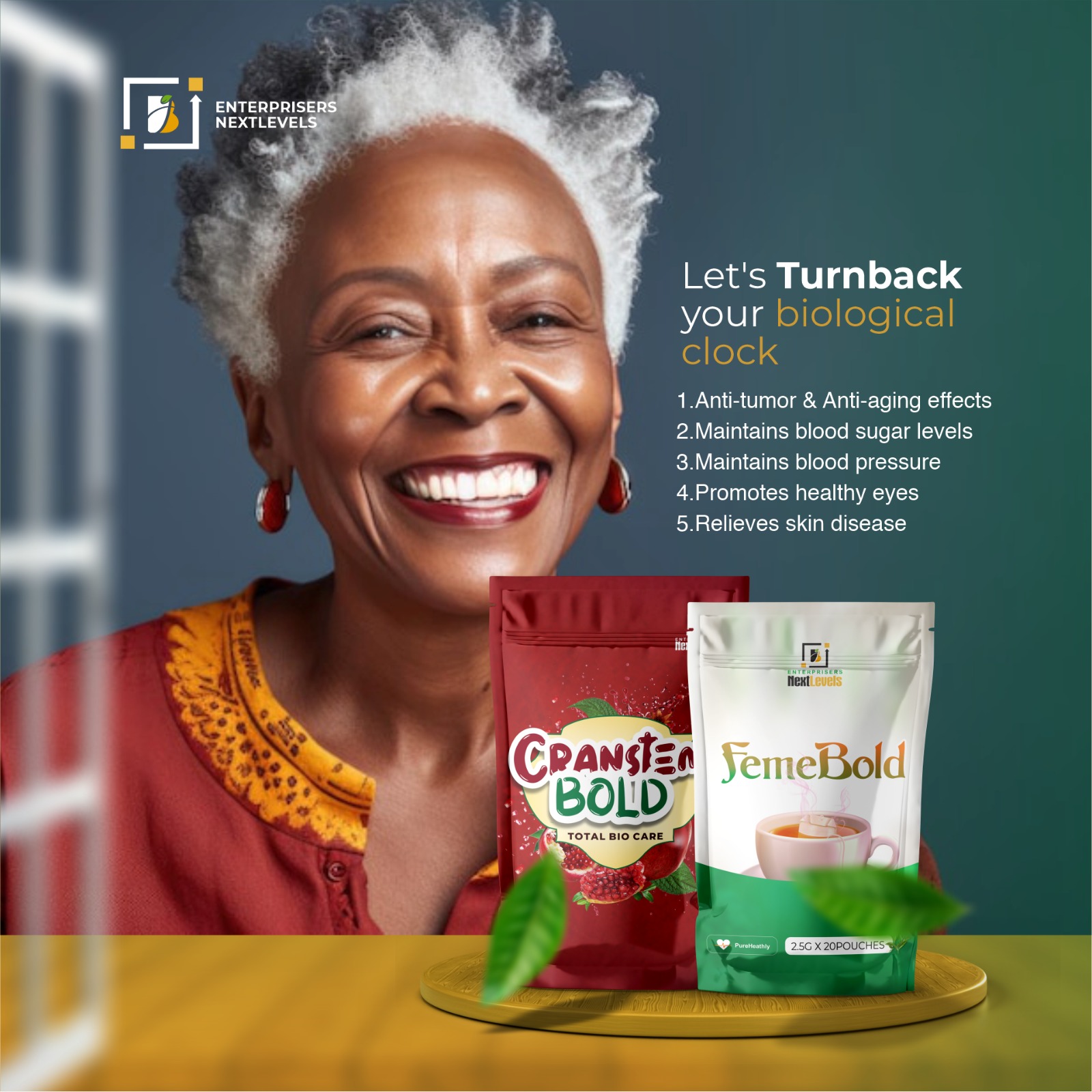HYPERTENSION, IS IT DEADLY OR NOT?

Hypertension is a well-recognized risk factor for cardiovascular and renal diseases; moreover, even slightly elevated blood pressure (BP) levels lead to an increased risk of cardiovascular diseases (CVD) or stroke. Hence, it is one of the leading causes of global disease burden.
As age is a significant risk factor for hypertension, the population aging in Western countries exacerbates the situation.
Blood pressure is the pressure of blood pushing against the walls of your arteries. Arteries carries blood from your heart to other parts of the body.
In 2017, the American College of Cardiology and the American Heart Association published guidelines for hypertension management. It defined hypertension as a blood pressure at or above 130/80 mmHg. Stage 2 hypertension is defined as a blood pressure at or above 140/90 mmHg.
There is a high global burden of hypertension, with an estimated 1.13 billion people worldwide reported to have hypertension, with most (two-thirds) living in low- and middle-income countries. While in 1990, high systolic blood pressure (BP) was the seventh-leading risk factor by attributable disability-adjusted life-years (DALYs), in 2019, it had become the leading risk factor.
The African Region of the World Health Organization (WHO) has the highest prevalence of hypertension (27%). The increase in low- and middle-income countries is due mainly to a rise in hypertension risk factors in their populations.

Several studies have reported the increasing prevalence of hypertension in Africa. Nigeria, as the most populous country in Africa, is also a major contributor to the rising burden of hypertension in the continent. Between 1995 and 2020, the estimated age-adjusted prevalence of hypertension increased from 8.5% to 32.5%. A recent study also found a similar prevalence of 38% from a nationwide survey in Nigeria.
Current evidence shows that gaps in hypertension management were attributable to socio-demographic determinants and lifestyle factors. An earlier study suggested that demographics and lifestyle variables determined racial differences in hypertension prevalence.
Nigeria has a rapidly growing population, increasing urbanization, and numerous ethnic groups across its different regions. However, the relationship between socio-demographic/lifestyle factors and hypertension is understudied in Nigeria.
 Uncontrolled high blood pressure is common, but some groups of people are more likely to have control over their high blood pressure than others.
Uncontrolled high blood pressure is common, but some groups of people are more likely to have control over their high blood pressure than others.
- A higher percentage of men (50%) have high blood pressure than women (44%).
- High blood pressure is more common in non-Hispanic black adults (56%) than in non-Hispanic white adults (48%), non-Hispanic Asian adults (46%), or Hispanic adults (39%)
- Having high blood pressure puts you at risk for heart disease and stroke, which are leading causes of death.
- Nearly half of adults (48.1%, 119.9 million) have high blood pressure. This is defined as a systolic blood pressure greater than 130 mmHg or a diastolic blood pressure greater than 80 mmHg, or they are taking medication for high blood pressure.
- An estimated 15 million are not aware that they are hypertensive, and of the people who do know that they have a problem, only two out of every five receive adequate treatment for this potentially dangerous situation.
- According to the U.S. Public Health Service, hypertension affects more than half of all Americans over the age of sixty-five.
While Blood pressure was once thought of as a “man’s disease,” in fact, women are very nearly as likely to suffer from this condition as men are, and more women than men die from complications of high blood pressure because women and to some extent, their medical practitioners, often ignore or fail to detect their high blood pressure until it is too late.
Because high blood pressure usually causes no symptoms until complications develop, it is known as the “silent killer.” If blood pressure is elevated, the heart must work harder to pump an adequate amount of blood to all the body’s tissues.
- Warning signs associated with advanced hypertension may include headaches, sweating, rapid pulse, shortness of breath, dizziness, and visual disturbances.
- Ultimately, the condition often leads to diseases such as kidney failure, heart failure, and stroke.
- In addition, high blood pressure is often associated with coronary heart disease, arteriosclerosis, kidney disorders, obesity, diabetes, hyperthyroidism, and adrenal tumors.
- Risk factors for hypertension include cigarette smoking, stress, obesity, excessive use of stimulants such as coffee or tea, drug abuse, high sodium intake, and family history of hypertension.
DIETARY RECOMMENDATIONS THAT SUPPORT THE PREVENTION AND TREATMENT OF HYPERTENSION
- Follow a strict salt diet. This is essential for lowering blood pressure.
- High take of fruits and Vegetables: Eat plenty of fruits and vegetables, such as apples, asparagus, bananas, broccoli, cabbage, eggplant, garlic, grapefruit, green leafy vegetables, melons, peas and sweet potatoes.
- High take of fresh juices: The following juices are healthful: beet, carrot, cranberry, citrus fruit, spinach, and watermelon.
- Eat Whole Grains: Brown rice, buckwheat, millet, and oats.
- Avoid Animal Fats: Bacon, beef, bouillons, chicken liver, corned beef, dairy products, sausage, and smoked or processed meats are prohibited. The only acceptable animal foods are broiled white fish and skinless turkey or chicken, which should be consumed in moderation only.
- Avoid all Alcohol, caffeine, and tobacco.
- Keep your weight down.
- Get regular light to moderate exercise. Take care not to overexert yourself, especially in hot or humid weather.
- Be sure to get sufficient sleep.
- Have your blood pressure checked regularly. If possible, get the machine at your home.
- Hydration: Staying hydrated is essential for overall health and helps the body eliminate toxins. Aim to drink plenty of water throughout the day.
- Supplements: While obtaining nutrients from food and fruits is best, supplements can help fill any dietary gaps. Supplements are essential to our health, and we don’t need them only when we are sick; we need them more to stay healthy.
There are dietary supplements that contain anti-diuretic, anti-inflammatory, anti-microbial, and anti-tumor properties that can help support the prevention and treatment of hypertension, including heart palpitations, heart angina, stroke, and high cholesterol that is ravaging the young and old in our world.
These supplements have been highly certified by NAFDAC and other governing bodies in the West and are recognized worldwide.
- CRANSTEMBOLD is one of these supplements. It contains Cranberry, Sophora Flavesence, and Chinese Skullcap, which has been found to prevent and treat all sorts of cardiovascular issues.
- Also, the FEMEBOLD is known as the gospel for women as it provides all the necessary ingredients in the right quality and quantity to take care of cardiovascular and renal diseases. One such ingredient is Leonurus Cardiaca; as the name implies, it prevents and treats all forms of cardiac issues. We also have Cassiae Seeds, Herba Lycopi, and many more. All these work on the tissues, organs, and systems of the body.

So get CRANSTEMBOLD and FEMEBOLD today and make them part of your lifestyle, cosmetics, and wardrobe.
Just as you drink your beverages regularly, you should and can do the same with these supplements, thereby protecting your health from terminal diseases such as Hypertension, Stroke, and other cardiovascular diseases.




